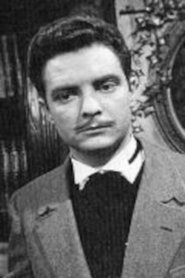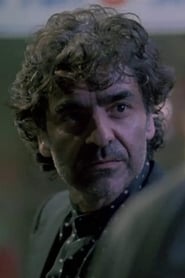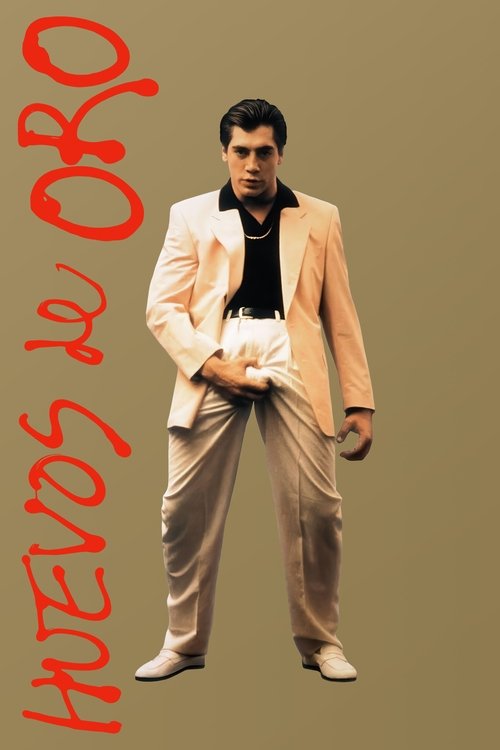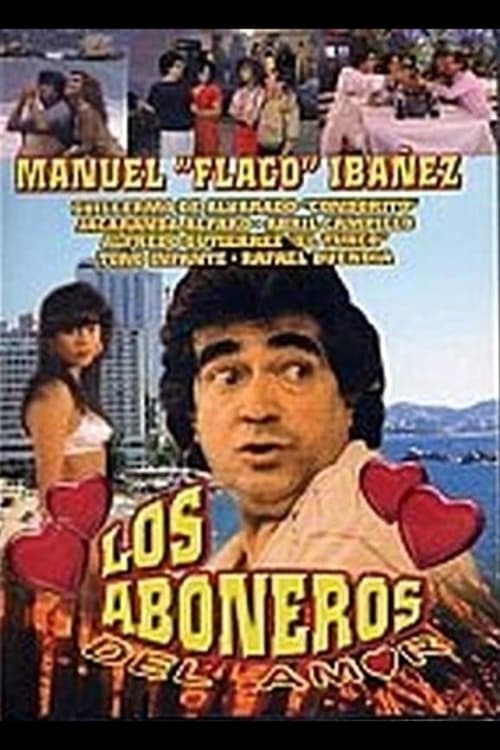
Ask Your Own Question
What is the plot?
More Movies Like This
Browse All Movies →What is the ending?
In the ending of "Tiempos mejores," the main characters confront their pasts and the choices they have made. The film culminates in a series of emotional revelations and reconciliations, leading to a bittersweet resolution for each character.
As the story unfolds in the final scenes, we see the characters grappling with their relationships and the consequences of their actions. The protagonist, who has been on a journey of self-discovery, finally faces the truth about his life and the impact of his decisions on those around him. The film closes with a sense of hope, as the characters begin to find a way forward, albeit with the weight of their pasts still lingering.
Now, let's delve into the ending in a more detailed, chronological narrative.
The final act begins with a tense atmosphere as the protagonist, Alejandro, stands at a crossroads in his life. He has been wrestling with feelings of guilt and regret over his past decisions, particularly regarding his estranged family. The scene opens with Alejandro sitting alone in a dimly lit room, the shadows reflecting his internal struggle. He gazes at old photographs, memories of happier times with his family, and the weight of nostalgia hangs heavily in the air.
In the next scene, Alejandro meets with his estranged father, a man who has been a source of pain and disappointment in his life. The confrontation is charged with emotion; Alejandro's voice trembles as he expresses his feelings of abandonment and hurt. His father, visibly aged and remorseful, struggles to articulate his own regrets. The dialogue is raw and honest, revealing the deep-seated wounds that have festered over the years. As they speak, the camera captures the subtle shifts in their expressions, highlighting the complexity of their relationship.
Following this confrontation, Alejandro seeks out his childhood friend, Laura, who has also been affected by the choices they made in their youth. They meet in a quiet café, where the atmosphere is filled with unspoken words. Laura, who has been carrying her own burdens, shares her struggles and the impact of their shared past. The scene is intimate, with close-ups of their faces as they navigate the delicate balance between friendship and unresolved feelings. Alejandro's eyes reflect a mix of longing and regret as he listens to Laura, realizing how much he has missed her presence in his life.
As the narrative progresses, Alejandro decides to take a leap of faith. He reaches out to his family, hoping to mend the broken ties. The scene shifts to a family gathering, where tension fills the air. Alejandro's mother, who has been a pillar of strength, stands at the center, her eyes filled with a mix of hope and apprehension. The camera pans across the room, capturing the hesitant glances exchanged between family members. Alejandro steps forward, his heart racing, and begins to speak. His voice is steady, yet vulnerable, as he apologizes for the pain he has caused and expresses his desire to reconnect.
The climax of the film occurs when Alejandro's father, moved by his son's courage, finally opens up about his own struggles. The two men embrace, a moment of reconciliation that is both cathartic and poignant. The camera lingers on their embrace, emphasizing the emotional release that has been years in the making.
In the final scenes, we see Alejandro and Laura walking together through a sunlit park, their laughter echoing in the air. The weight of their pasts seems to lift as they share dreams for the future. The film closes with a shot of Alejandro looking up at the sky, a sense of peace washing over him. He has come to terms with his past and is ready to embrace the possibilities that lie ahead.
As the credits roll, we are left with a sense of hope and renewal. Each character has faced their demons and taken steps toward healing, illustrating the film's central themes of forgiveness, redemption, and the enduring power of relationships. Alejandro, Laura, and their families are on a path toward better times, embodying the essence of the film's title, "Tiempos mejores."
Is there a post-credit scene?
The movie "Tiempos mejores," produced in 1994, does not feature a post-credit scene. The film concludes its narrative without any additional scenes or content after the credits roll. The story wraps up in a way that leaves the audience with a sense of closure regarding the characters and their journeys, focusing on the themes of hope and resilience that permeate the film.
What are the main character's motivations throughout the film?
The main character, played by a young actor, is driven by a desire to escape his troubled past and find a better life. He struggles with feelings of inadequacy and seeks validation through his relationships and ambitions. His journey is marked by moments of self-doubt and determination as he navigates the challenges of his environment.
What role does the setting play in the character's development?
The setting, a vibrant yet challenging urban landscape, serves as a backdrop that reflects the protagonist's internal struggles. The bustling streets and contrasting environments symbolize his aspirations and the obstacles he faces. Key locations, such as a local café and a community center, become significant spaces for character interactions and personal growth.
How do secondary characters influence the protagonist's journey?
Secondary characters play crucial roles in shaping the protagonist's journey. A mentor figure provides guidance and wisdom, while friends offer support and camaraderie. Conversely, antagonistic characters introduce conflict and doubt, challenging the protagonist's beliefs and decisions. These interactions highlight the complexity of relationships and their impact on personal growth.
How does the relationship between the protagonist and his love interest develop?
The relationship between the protagonist and his love interest begins with a chance encounter that sparks an immediate connection. As they spend more time together, their bond deepens, revealing vulnerabilities and shared dreams. However, external pressures and personal insecurities create tension, leading to pivotal moments of conflict and reconciliation that shape their relationship.
What challenges does the protagonist face in his pursuit of a better life?
The protagonist encounters various challenges, including financial instability, familial expectations, and societal pressures. These obstacles test his resolve and force him to confront his fears. Each setback serves as a catalyst for growth, pushing him to make difficult choices that ultimately define his character arc.
Is this family friendly?
"Tiempos mejores," produced in 1994, is a film that explores themes of family, love, and the complexities of life. While it has moments of warmth and humor, there are several aspects that may be considered objectionable or upsetting for children or sensitive viewers.
-
Family Conflict: The film delves into familial tensions and conflicts that may be intense or emotionally charged, which could be distressing for younger audiences.
-
Loss and Grief: There are scenes that address themes of loss, which may evoke strong emotions and could be upsetting for children or those sensitive to such topics.
-
Social Issues: The film touches on social issues that may be difficult to understand for younger viewers, including economic struggles and personal sacrifices.
-
Emotional Turmoil: Characters experience significant emotional struggles, including feelings of despair and frustration, which may be heavy for sensitive viewers.
-
Mature Themes: While not explicit, the film does explore mature themes related to relationships and personal choices that may not be suitable for all children.
Overall, while "Tiempos mejores" has valuable messages about resilience and hope, its emotional depth and the challenges faced by the characters may require parental guidance for younger viewers.

































